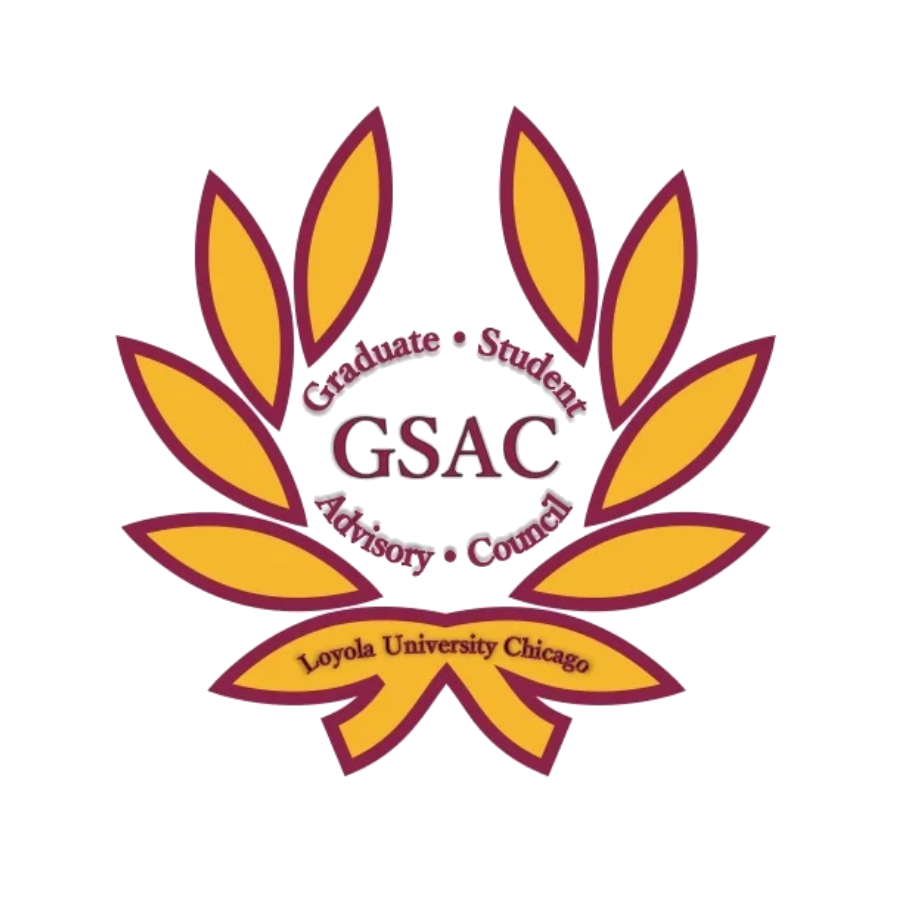Design and Synthesis of 2-aminocyclobutanone SARS-CoV-2 ligands as potential antivirals to treat COVID-19
Abstract or Description
The novel severe acute respiratory syndrome coronavirus 2 (SARS-CoV-2) responsible for highly fatal and contagious COVID-19 caused a pandemic with destructive effects on the world economy and health systems in 213 countries. Currently, the scientific community is racing to develop vaccines and antiviral drugs against SARS-CoV-2 which is resistant to existing SARS and MERS drugs. Our computer-aided drug design (CADD) of cyclobutanone based ligands targets seven crucial enzymes of SARS-CoV-2 life cycle. N-functionalized α-aminocyclobutanones can act as peptidomimetics1, and as the carbonyl is electrophilic due to ring strain, they may offer either specific or broad-spectrum inhibitors of hydrolases and proteases via a covalently bound reversible hemiacetal adduct with active site nucleophiles such as the catalytic cysteine of proteases. α-Aminocyclobutanones could also provide potential inhibitors of metalloenzymes as a reversible hydrated cyclobutanone-enzyme adduct.2 We employed Schrödinger LLC, 2020-1 in virtual screening of 80 α-aminocyclobutanones analogs against seven target enzymes of SARS-CoV-2 and identified 11 N-tosyl amino acid cyclobutanone hit molecules against Helicase and 4 seed compounds against Papain-Like Proteinase (PLPro), 3-Chymotrypsin-Like Protease (3CLpro), and RNA-directed RNA polymerase (RdRp) with potential SARS-CoV-2 inhibition. Synthesis of a peptidomimetic cyclobutanone library including cyclobutanone hits was achieved via a modular 2-aminocyclobutanone synthon following our previously reported method.3 Progress in the synthesis of cyclobutanone Helicase hits and the in vitro testing will be presented.
- N. Armoush, P. Syal, D. P. Becker Synth. Commun. 2008, 38, 1679 –1687.
- M. I. Abboud, M. Kosmopoulou, A. Krismanich, J. W. Johnson, P. Hinchliffe, J. Brem, T. D. Claridge, J. Spencer, C. Schofield, G. I. Dmitrienko Chem. A Eur. J. 2017, 24, 5734–5737.
- T. S. Habeeb Mohammad, C. T. Reidl, M. Zeller, D. P. Becker Tet. Lett, 2020, 61 151632.
Design and Synthesis of 2-aminocyclobutanone SARS-CoV-2 ligands as potential antivirals to treat COVID-19
The novel severe acute respiratory syndrome coronavirus 2 (SARS-CoV-2) responsible for highly fatal and contagious COVID-19 caused a pandemic with destructive effects on the world economy and health systems in 213 countries. Currently, the scientific community is racing to develop vaccines and antiviral drugs against SARS-CoV-2 which is resistant to existing SARS and MERS drugs. Our computer-aided drug design (CADD) of cyclobutanone based ligands targets seven crucial enzymes of SARS-CoV-2 life cycle. N-functionalized α-aminocyclobutanones can act as peptidomimetics1, and as the carbonyl is electrophilic due to ring strain, they may offer either specific or broad-spectrum inhibitors of hydrolases and proteases via a covalently bound reversible hemiacetal adduct with active site nucleophiles such as the catalytic cysteine of proteases. α-Aminocyclobutanones could also provide potential inhibitors of metalloenzymes as a reversible hydrated cyclobutanone-enzyme adduct.2 We employed Schrödinger LLC, 2020-1 in virtual screening of 80 α-aminocyclobutanones analogs against seven target enzymes of SARS-CoV-2 and identified 11 N-tosyl amino acid cyclobutanone hit molecules against Helicase and 4 seed compounds against Papain-Like Proteinase (PLPro), 3-Chymotrypsin-Like Protease (3CLpro), and RNA-directed RNA polymerase (RdRp) with potential SARS-CoV-2 inhibition. Synthesis of a peptidomimetic cyclobutanone library including cyclobutanone hits was achieved via a modular 2-aminocyclobutanone synthon following our previously reported method.3 Progress in the synthesis of cyclobutanone Helicase hits and the in vitro testing will be presented.
- N. Armoush, P. Syal, D. P. Becker Synth. Commun. 2008, 38, 1679 –1687.
- M. I. Abboud, M. Kosmopoulou, A. Krismanich, J. W. Johnson, P. Hinchliffe, J. Brem, T. D. Claridge, J. Spencer, C. Schofield, G. I. Dmitrienko Chem. A Eur. J. 2017, 24, 5734–5737.
- T. S. Habeeb Mohammad, C. T. Reidl, M. Zeller, D. P. Becker Tet. Lett, 2020, 61 151632.



